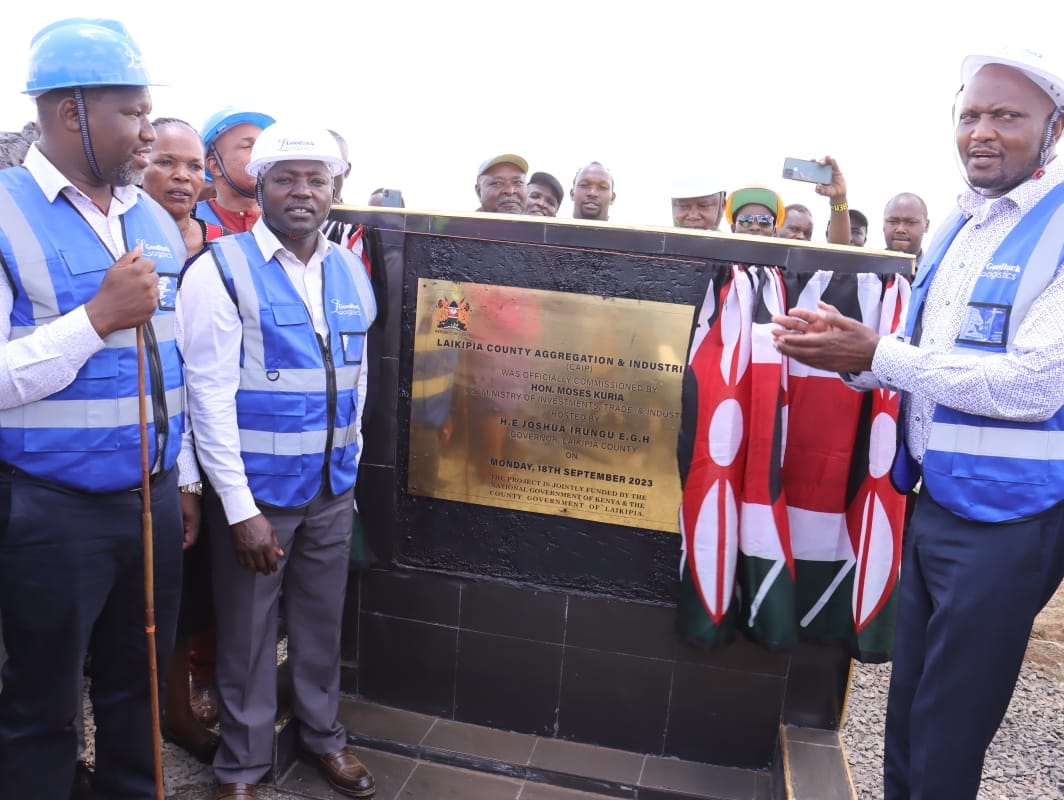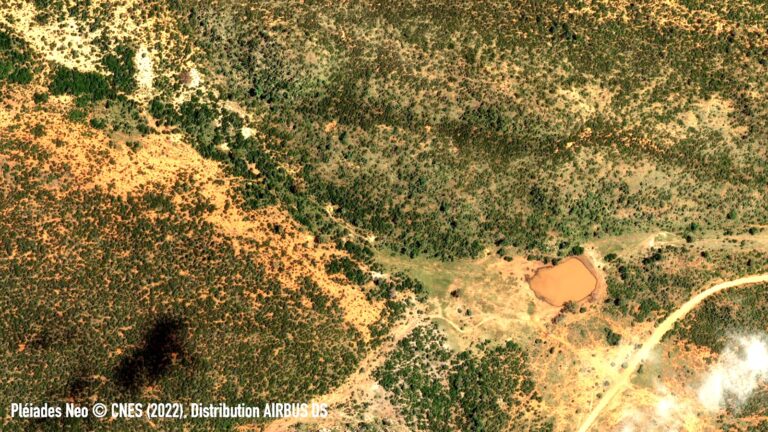Most of Laikipia County receives minimal rainfall that is not favourable to agriculture. However, agriculture is going on in the county and our writer Kimuri Mwangi found out the methods that the county government is using when he spoke with the Laikipia Agriculture CEC Dennis Kasoo.
What can you say about the topography of Laikipia County?
80% of Laikipia is on rangeland, that is Arid and Semi-Arid Land (ASAL). There’s also another section that is of higher altitude where we have sufficient rain especially in Laikipia West.

What does this mean to agriculture in the county?
We need to manage our rangelands and how we can do that is to conserve our environment. So, what we advise our farmers is to plant drought resistant crops. One of them is a variety of beans called Nyota that requires minimal rain or minimum water when we rely on water. Secondly, we are also planting pigeon peas in Laikipia.
What methods do you use to ensure agriculture is possible in the dry areas?
As champions of conservation or regenerative agriculture, we have a policy of rangeland management and now we are at the Bill stage which we have already finalized on so that this will guide us on the best practices or how can we get our farmers to practice regenerative agriculture.
On this, we have subcommittees in the villages that champion the best practices of regenerative agriculture
On the same note, we also have what is called Mashinani Development Committees. This is where we get to air out our issues on agriculture from the village level and through this, we normally highlight issues on regenerative agriculture and conduct public participation.
What do you feel needs to be done in regenerative agriculture for it to succeed?
For me, being responsible for agriculture and food security in the county, one of the key things that we need to look at in regenerative agriculture is putting our resources together with our partners and sensitize and also capacity build our farmers so that they can adapt it. This will aid in terms of productivity of our lands resulting in high yields in the farms.
The second aspect that we also need to look at in regenerative agriculture is the allocation of funds. We know as the county government we are limited in terms of resources, but we are going to network and also come together with our partners to work on these agricultural practices and have them adopted by our farmers through collective collaboration.
I also hear there is coffee farming in Laikipia. Is this true?
Kiambu used to be a coffee producing zone and when you look at it today, the coffee has really gone down due to real estate development. So in our case, we have picked that as an opportunity to be the alternative and we are now promoting coffee big time.
This year we have procured over 300,000 seedlings and distributed them to our farmers and now have two coffee cooperatives in Laikipia West. These are Ng’arua and Marmanet Coffee Cooperatives and we are sensitizing them on the best practices and also, we have an officer attached to each of these cooperatives.



